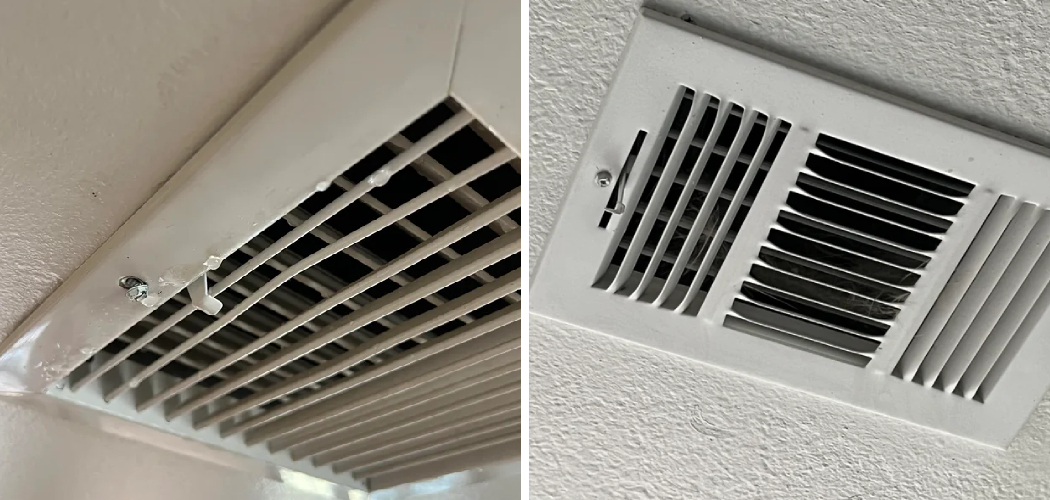Air conditioning (AC) units are essential for keeping our indoor spaces cool and comfortable, especially during the sweltering summer months. However, a common issue that many homeowners face is the unpleasant problem of AC vents dripping water. This not only creates a mess but can also lead to more severe issues, such as water damage or mould growth.
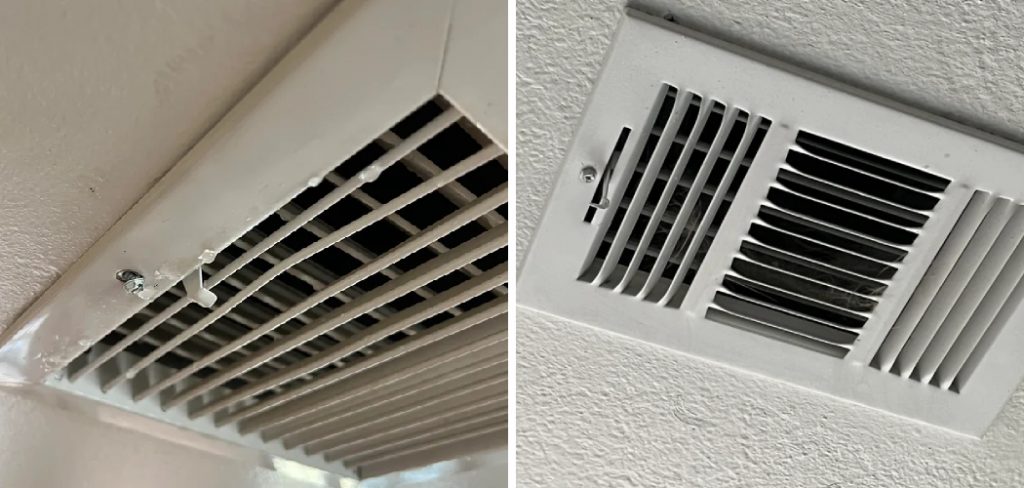
In this guide, we will explore how to stop ac vent from dripping, offer practical solutions, and provide tips on how to prevent your AC vent from dripping in the future. By the end, you’ll have the knowledge to ensure your AC unit runs efficiently and effectively, keeping your home dry and comfortable.
Importance of Addressing the Issue
Addressing the issue of AC vents dripping water is crucial for several reasons. First and foremost, unresolved water leakage can lead to significant property damage, affecting walls, ceilings, and flooring. This damage can become costly to repair and may even compromise the structural integrity of your home.
Additionally, the presence of excess moisture creates an ideal environment for mould and mildew growth, which can pose health risks to you and your family, especially for individuals with respiratory issues or allergies. Furthermore, a dripping AC vent often indicates underlying problems with your cooling system, such as clogged drain lines or improper installation.
By taking prompt action to rectify the issue, you not only maintain a comfortable indoor environment but also enhance the longevity and efficiency of your air conditioning unit.
10 Methods How to Stop Ac Vent from Dripping
1. Check for Proper Airflow
One of the most common causes of AC vent dripping is restricted airflow. When airflow is compromised, it can cause the evaporator coil to freeze, leading to excess condensation that drips through the vents. To ensure proper airflow, check the AC filters and replace them if they are dirty or clogged. A clean filter allows air to move freely through the system, preventing excess moisture buildup.
Additionally, ensure that all vents are open and not blocked by furniture or other objects, allowing for proper distribution of air throughout your home.
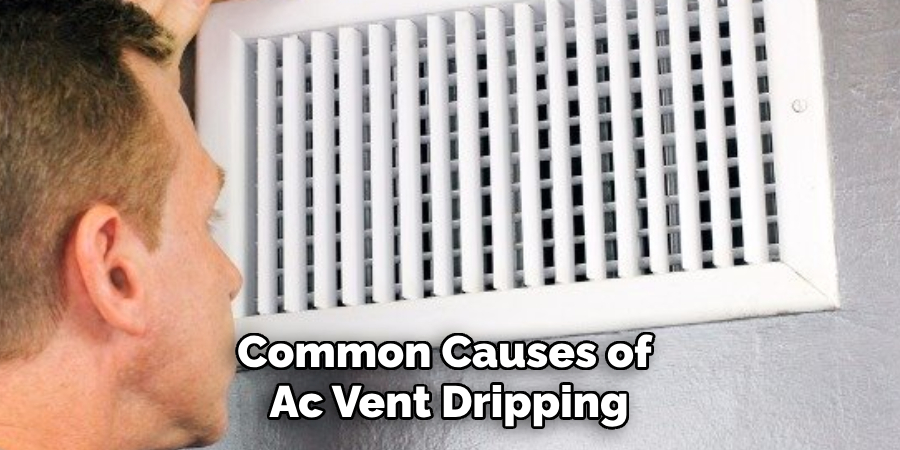
2. Clean or Unclog the Drain Line
The AC drain line is responsible for carrying away the condensation that forms when the system cools the air. Over time, this line can become clogged with dirt, debris, or algae, causing water to back up and leak through the vents. To fix this issue, locate the drain line (usually near the indoor unit) and clear any blockages. You can use a wet/dry vacuum to suck out the debris or flush the line with a mixture of water and vinegar to kill algae.
Regular maintenance of the drain line can prevent future clogs and dripping issues.
3. Insulate the Ductwork
When warm air from your home comes into contact with cold air ducts, condensation can form on the surface of the ducts, eventually dripping through the vents. Insulating the ductwork is an effective way to stop this from happening. By applying insulation to the ducts, you create a barrier that prevents warm air from reaching the cool metal surface, thus reducing condensation.
Insulation also improves energy efficiency, as it helps maintain the cold air temperature inside the ducts. You can purchase duct insulation materials from a hardware store or hire a professional to insulate the ducts for you.
4. Seal Leaks in the Duct System
Leaks in your duct system can allow warm air to enter, mixing with the cold air inside the ducts and leading to condensation. Inspect your ductwork for any gaps, holes, or disconnected sections. You can use metal-backed tape or mastic sealant to patch up small leaks. Larger leaks may require professional attention. Sealing the duct system not only stops dripping but also improves the overall efficiency of your AC system by preventing air from escaping.
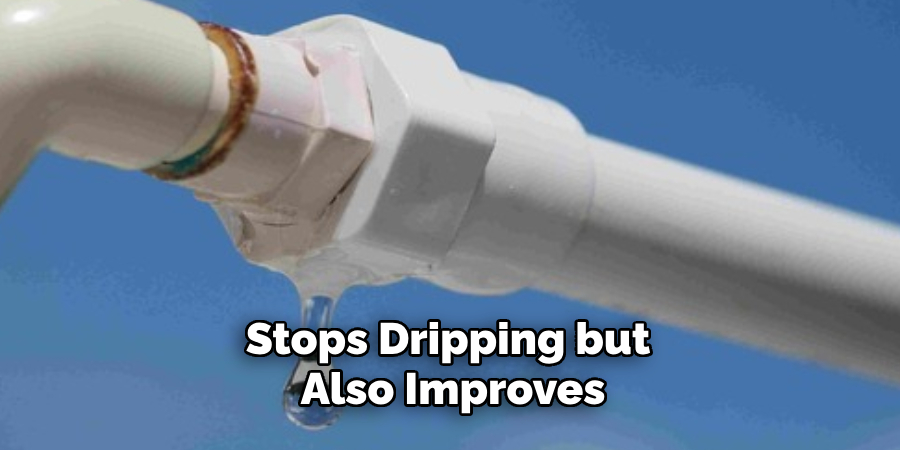
A well-sealed duct system ensures that your home remains cool and dry, reducing the chances of moisture buildup.
5. Increase the Fan Speed
If your AC system’s fan is set to a low speed, the air may not move quickly enough through the ducts, leading to excess condensation on the evaporator coils. By increasing the fan speed, you can help the air circulate more efficiently and reduce the chances of moisture buildup. Consult your AC unit’s manual or contact a professional to adjust the fan speed settings.
This simple change can help prevent water from accumulating and dripping from the vents, as well as improve overall cooling performance.
6. Check the Thermostat Settings
Incorrect thermostat settings can contribute to condensation issues. If the thermostat is set too low, the system may run continuously, causing the evaporator coil to freeze and eventually drip water through the vents. Ensure that your thermostat is set to an appropriate temperature—typically between 72°F and 78°F. Additionally, make sure the system is set to “Auto” rather than “On.”
When set to “Auto,” the fan will only run when the system is cooling, reducing the risk of excess moisture being blown through the ducts.
7. Ensure the AC Unit Is Properly Sized
An improperly sized AC unit can cause a variety of problems, including vent dripping. If the AC unit is too large for your home, it may cool the air too quickly, causing short cycling. This rapid cooling can result in moisture buildup in the ducts because the system doesn’t run long enough to remove all the humidity from the air.
On the other hand, an undersized unit may struggle to cool the space efficiently, leading to constant operation and excess condensation. If you suspect your unit is improperly sized, consult an HVAC professional to evaluate and possibly replace the unit with a more appropriately sized model.
8. Use a Dehumidifier
High indoor humidity can contribute to condensation forming on AC vents. Using a dehumidifier can help reduce the moisture levels in your home, making it less likely for condensation to occur on the vents and ducts. Place a dehumidifier in areas where humidity tends to be higher, such as bathrooms, kitchens, or basements.
By lowering the humidity, you can stop water from forming and dripping from the vents. In the long term, maintaining a lower humidity level not only prevents vent dripping but also makes your home more comfortable.
9. Inspect and Clean the Evaporator Coil
The evaporator coil inside your AC system plays a crucial role in removing heat and humidity from the air. If the coil becomes dirty or clogged, it can freeze and lead to excess condensation. Over time, this condensation can drip through the vents. Regularly inspecting and cleaning the evaporator coil helps ensure that the system runs efficiently and prevents moisture buildup.
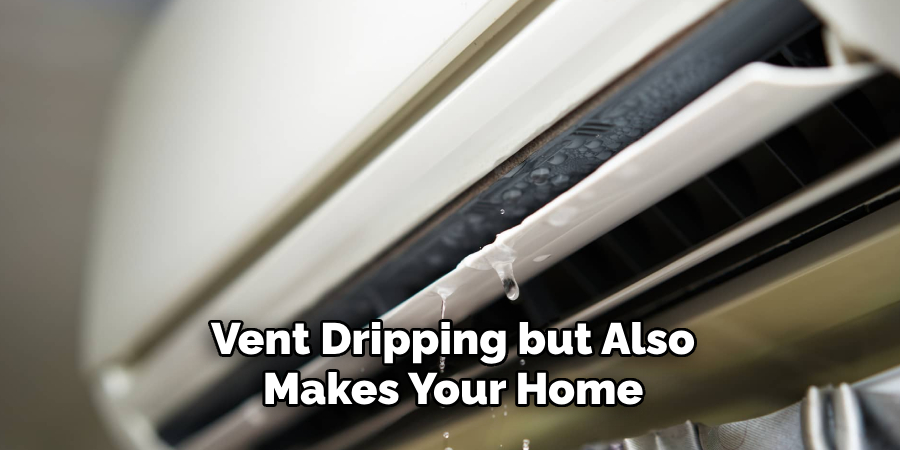
You can clean the coil yourself by turning off the AC, removing the access panel, and gently brushing or vacuuming the coil. For a more thorough cleaning, consider hiring a professional HVAC technician.
10. Address Insufficient Refrigerant Levels
Low refrigerant levels in your AC system can cause the evaporator coil to freeze, leading to water buildup and eventual dripping from the vents. If you notice that your AC is not cooling as effectively as it used to, or if you hear hissing sounds, it may indicate a refrigerant leak. Low refrigerant levels reduce the system’s ability to cool and dehumidify the air, which can result in excess moisture and vent dripping.
If you suspect a refrigerant issue, contact a professional to check the levels and repair any leaks. Proper refrigerant levels are essential for efficient cooling and preventing moisture-related problems.
Things to Consider When Maintaining Your AC System
- Regular Professional Inspections
Scheduling regular inspections with a professional HVAC technician is crucial to ensure your AC system is running efficiently. These professionals can identify potential issues early on, suggest necessary repairs, and perform routine maintenance tasks that can prolong the life of your unit.
- Seasonal Maintenance
Consider performing seasonal maintenance on your AC system before peak usage periods, such as summer. This can include cleaning or replacing filters, checking refrigerant levels, and ensuring that all components are functioning properly. Seasonal preparation can help prevent unexpected breakdowns during high-demand times.
- Monitoring Humidity Levels
Keeping an eye on the humidity levels in your home can provide insights into the effectiveness of your AC system. Investing in a hygrometer can help you track indoor humidity, allowing you to take appropriate action, such as using a dehumidifier if levels are too high.
- Educating Yourself on Energy Efficiency
Familiarise yourself with energy-efficient practices and products that can enhance your AC system’s performance. This knowledge can help you make informed decisions regarding upgrades or adjustments that can save you money in the long run.
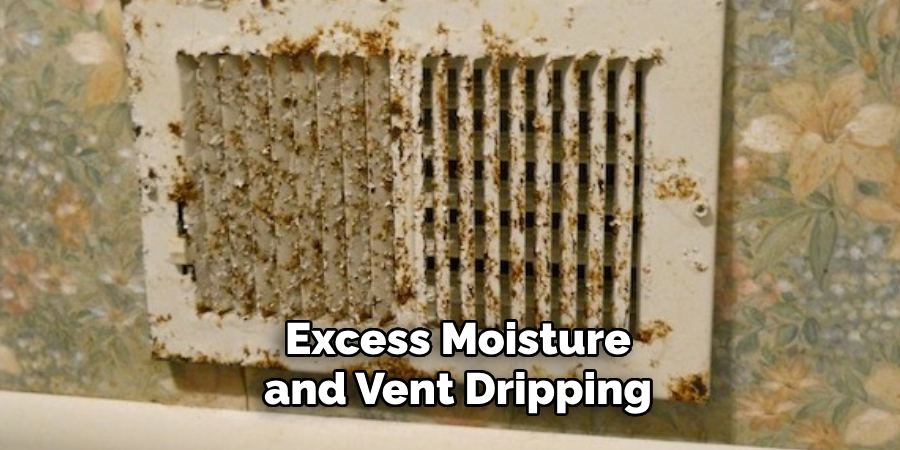
Conclusion
Managing condensation issues from your AC vents is crucial for maintaining a comfortable and efficient home environment. By implementing the tips outlined in this guide—such as regular maintenance, insulation, sealing leaks, and ensuring proper settings—you can significantly reduce moisture buildup and prevent dripping. Addressing factors like humidity levels and refrigerant levels will further enhance your system’s performance and longevity.
Thanks for reading, and we hope this has given you some inspiration on how to stop ac vent from dripping!

